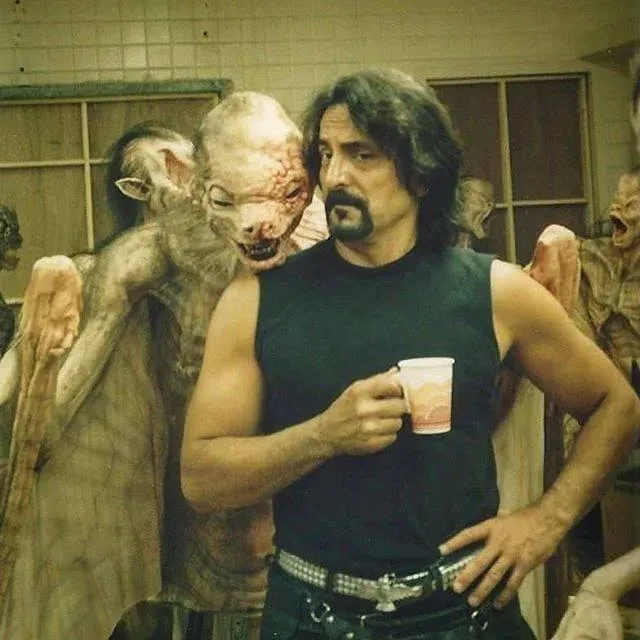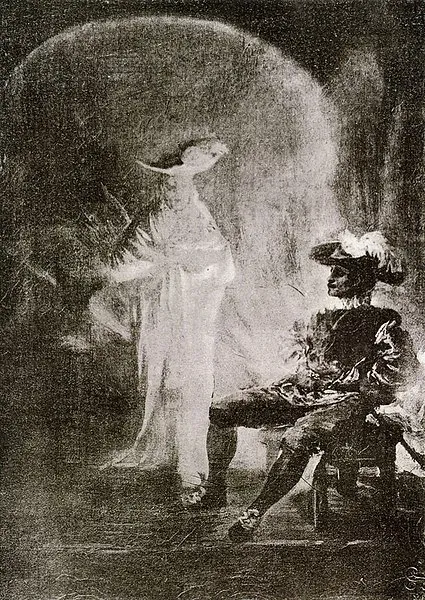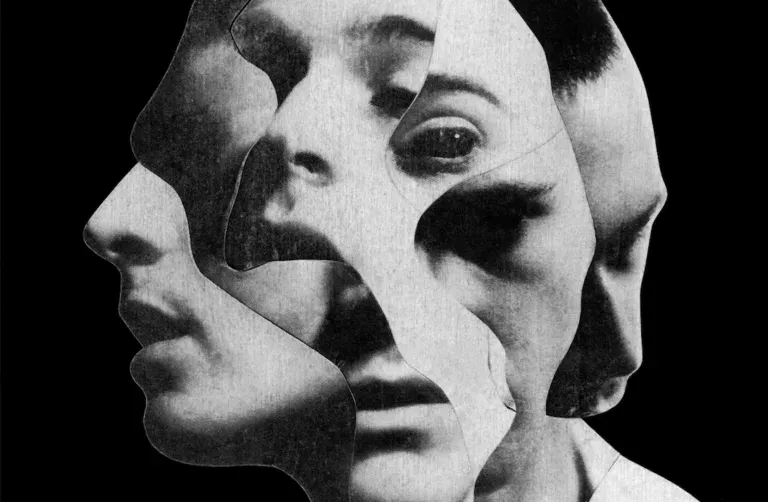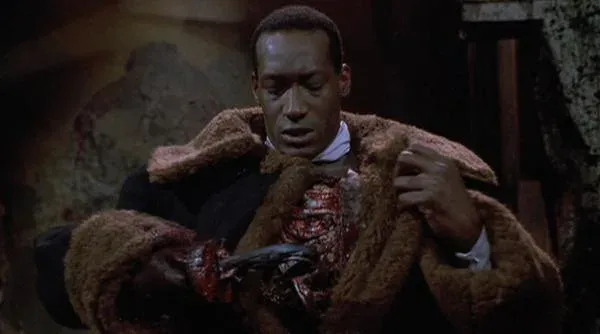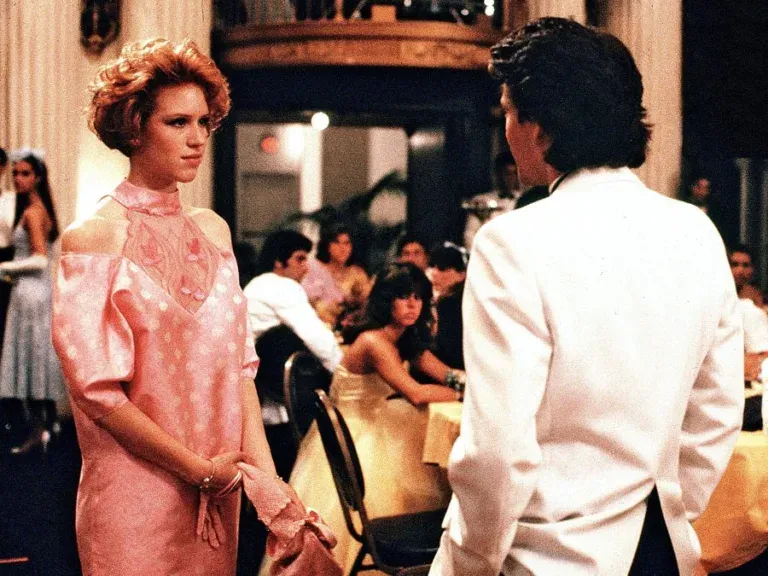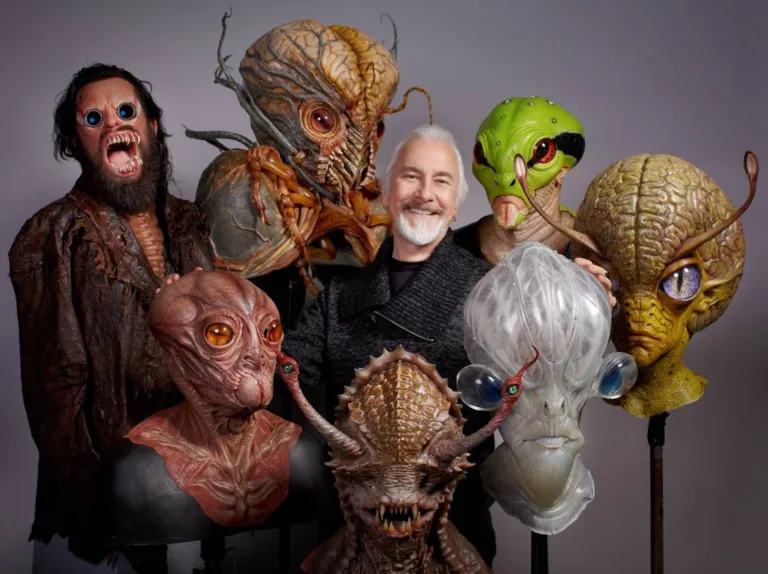Nicolas Bruno and His Sleep Disorder
Nicolas Bruno and His Sleep Disorder is a contemporary photographer who has distinguished himself in the global art scene thanks to his unique style, capable of blending horror elements, surrealism, and visual storytelling in an extremely evocative way. Born in 1993 in Northport, New York, Nicolas Bruno and his sleep disorder transformed a debilitating condition, sleep paralysis, into an inexhaustible source of artistic inspiration. His work has quickly gained international attention for its ability to explore the boundaries between reality and nightmare, leading the viewer into a world of anguish, mystery, and dark symbolism.
The Origins of an Artistic Journey: Sleep Paralysis
Sleep paralysis is a sleep disorder that affects many people around the world. Those who suffer from it find themselves temporarily unable to move or speak while falling asleep or waking up. This state is often accompanied by extremely vivid visual or auditory hallucinations, which can be terrifying. Nicolas Bruno began to suffer from this disorder at the age of 15, and the intense and distressing experiences during these episodes had a profound impact on his life and his art.
Instead of being overwhelmed by fear, Bruno decided to confront the disorder in his own way, using photography as a means to exorcize the demons that tormented him. He began keeping a diary of his dreams and hallucinations, noting details and sensations that he would later transform into powerful and evocative images. This decision marked the beginning of his journey as an artist, leading him to create works that are both personal reflections and universal explorations of terror and human vulnerability.
 Aesthetic and Themes: A World of Darkness and Symbolism
Aesthetic and Themes: A World of Darkness and Symbolism
Nicolas Bruno’s work is characterized by an aesthetic that merges Gothic, surreal, and symbolist elements, creating a visual universe that is truly one of a kind. His photographs are often set in desolate, barren landscapes, immersed in an atmosphere of solitude and desolation. These settings seem to come straight out of Bruno’s nightmares, representing places where the laws of reality are suspended, and time appears to have stopped.
One of the most fascinating aspects of Bruno’s work is his ability to transform his fears into images that, while deeply personal, have a universal impact. His photographs explore themes such as fear, isolation, loss of control, and the inevitability of death. These themes are represented through powerful and often unsettling symbolism: faceless human figures, threatening shadows, distorted mannequins, and everyday objects turned into instruments of terror.
The figures in his works are often trapped in claustrophobic or surreal situations, as if caught in a limbo between the world of the living and the dead. These images evoke a sense of helplessness and vulnerability, reflecting the sensations experienced by Bruno during his episodes of sleep paralysis. The result is a body of work that not only evokes terror but also a profound sense of empathy for anyone who has ever experienced fear and anguish.
Technique and Creative Process: The Fusion of Vision and Reality
Nicolas Bruno’s creative process is meticulous and deeply reflective. Each photograph is the result of a process that begins with a dream or hallucination. Bruno notes every detail, every sensation, and then begins planning how to turn those visions into reality. His photographs are carefully constructed, often using props created by himself, and their composition is meticulously studied to maximize visual and emotional impact.
Bruno primarily uses analog photography, a medium that allows him to achieve a tactile and tangible quality in his images. This choice reflects his desire to create works that seem to belong to a time long past, far from the frenzy of the modern world. His photographs are often characterized by desaturated tones, contributing to an atmosphere of decay, as if his images are fragments of a forgotten world or a dream that is dissolving.
A distinctive feature of Bruno’s work is his use of himself as the subject in his photographs. By playing the various roles in his images, Bruno manages to maintain total control over his vision, turning his body into a vehicle for expressing his fears and obsessions. This choice gives his works a sense of intimacy and vulnerability, as the artist literally and metaphorically exposes himself in his images.
The Symbolic and Psychological Meaning of His Works
Nicolas Bruno’s photographs are rich in symbolism, with each element carefully chosen for its meaning and its ability to evoke an emotional response. The objects present in his images, such as masks, ropes, chairs, or mirrors, are never random; each of them is laden with meaning and contributes to building the visual narrative of the work.
A recurring theme in Bruno’s work is that of the double and the reflection, representing the conflict between the conscious self and the unconscious. His images often feature figures reflecting, doubling, or confronting a distorted version of themselves, exploring themes of identity and internal fracture. This theme is deeply tied to his experience with sleep paralysis, during which Bruno faces an altered version of reality and of himself.
Another central theme is that of sacrifice and suffering, often represented through images of bound, imprisoned, or wounded figures. These images evoke a sense of martyrdom and struggle against dark and inescapable forces, reflecting the artist’s inner battle against his fears. His photographs are thus not only explorations of horror but also meditations on resilience and the human capacity to confront and overcome terror.
 Critical Reception and Influence
Critical Reception and Influence
Nicolas Bruno’s work has garnered attention from critics, curators, and art enthusiasts around the world. His photographs have been exhibited in international galleries and shows, where they have received recognition for their originality, emotional power, and technical quality. The public is fascinated by Bruno’s ability to translate personal experiences of terror into works of art that resonate with a wide audience, touching on deep and universal emotional chords.
Bruno’s influence extends beyond the world of photography, inspiring artists in other fields such as painting, cinema, and literature. His ability to create cohesive and immersive visual worlds, full of symbolism and narrative tension, has made him a reference figure for anyone interested in exploring the boundaries between reality and nightmare, between art and horror.
Conclusion
Nicolas Bruno and his sleep disorder have transformed his personal experiences of terror into a deeply meaningful and visually powerful body of work. His photographs are not merely representations of nightmares but profound explorations of the human psyche, fear, and vulnerability. Through his work, Bruno invites us to confront our inner demons, explore the darker side of our existence, and find beauty even in the darkest corners of our minds. Through his unique approach to photography, Nicolas Bruno has created a body of work that not only fascinates and unsettles but also invites reflection and introspection, making him one of the most original and powerful voices in contemporary art.
 Subscribe to our YouTube channel
Subscribe to our YouTube channel
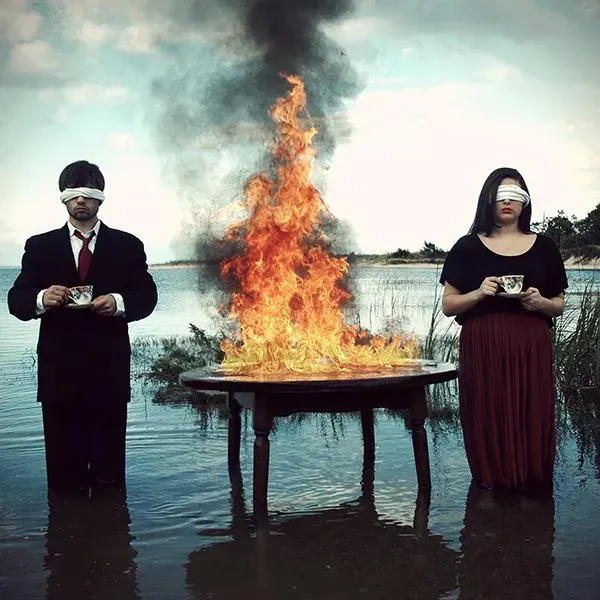
 Aesthetic and Themes: A World of Darkness and Symbolism
Aesthetic and Themes: A World of Darkness and Symbolism Critical Reception and Influence
Critical Reception and Influence